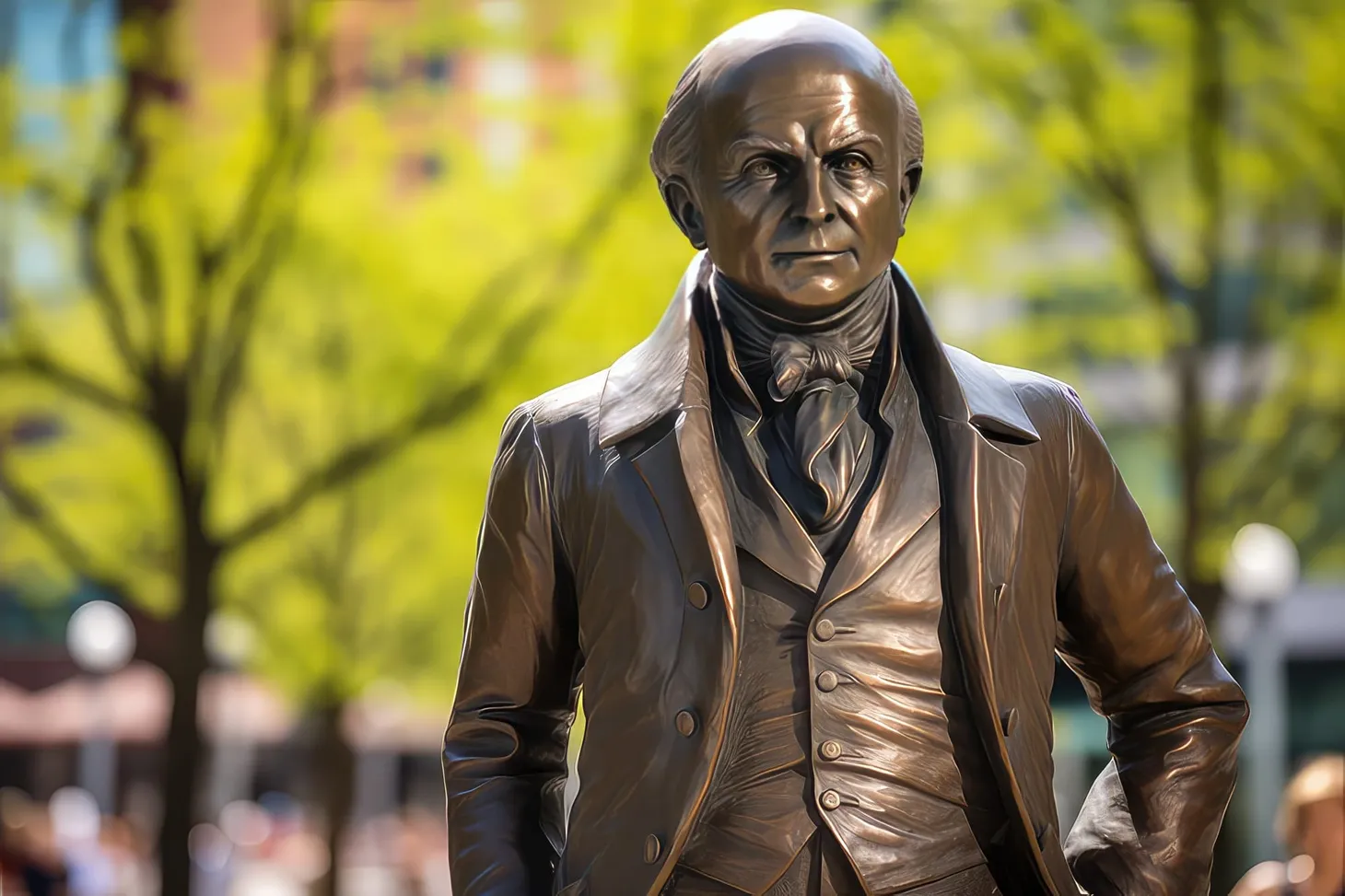CIO’s have to take the strategic lead for their organization
Rich Karlgaard, Publisher of Forbes, and I had a recent discussion on the changing role of the CIO. When I was a CIO at a public company (Teligent), my role was clearly defined by my boss at the time, Alex Mandl. One of Alex’s first guidelines he gave me was to make sure his name […]

Rich Karlgaard, Publisher of Forbes, and I had a recent discussion on the changing role of the CIO. When I was a CIO at a public company (Teligent), my role was clearly defined by my boss at the time, Alex Mandl. One of Alex's first guidelines he gave me was to make sure his name did not appear on the front page of the WSJ for the wrong reason. With the changing technology landscape, that role is changing. The ability for them to use control as a means to serve the organization is outdated and impractical.
The role of the CIO is shifting from the “office of NO” to the “office of HOW”. The one who can make that change will ensure that their organizations looks upon IT as a strategic asset and not as an expense item.
Phil McKinney Newsletter
Join the newsletter to receive the latest updates in your inbox.




